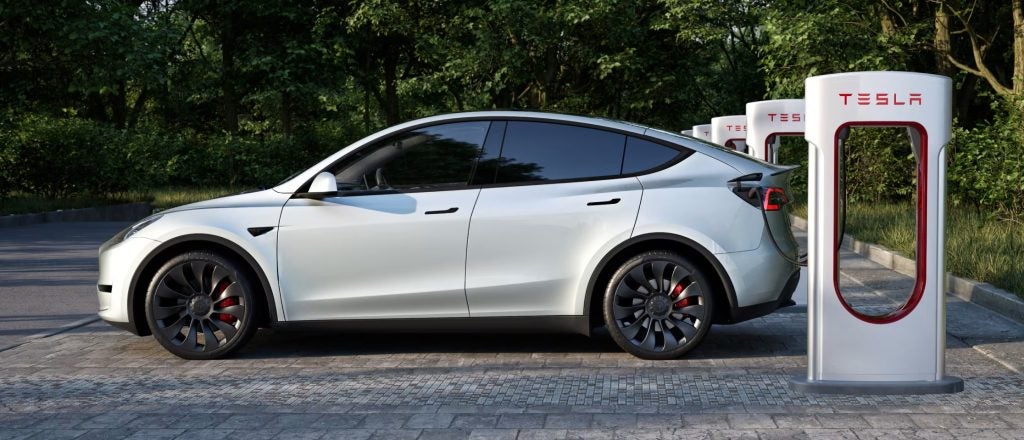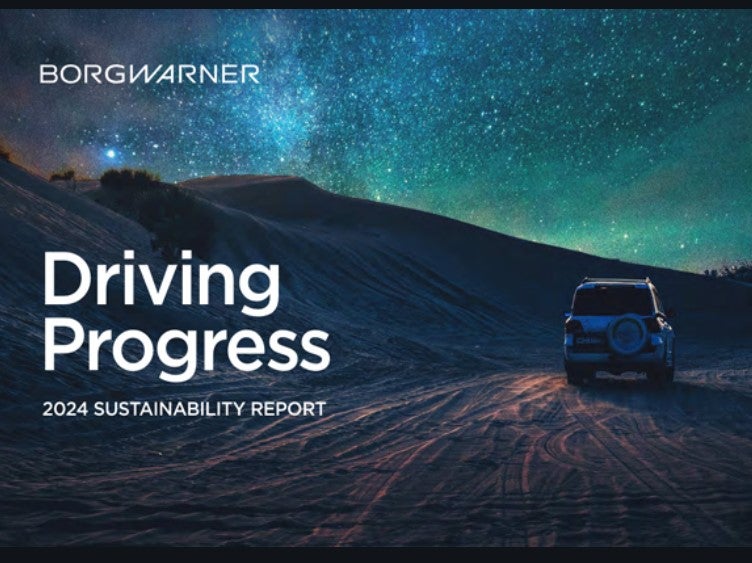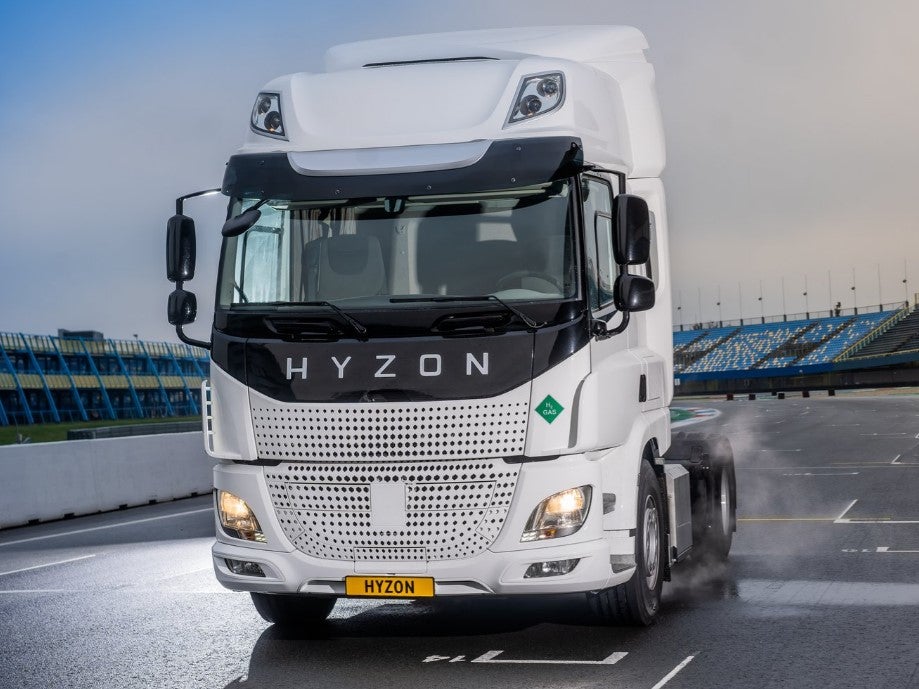| Scania’s publication of a Life Cycle Assessment (LCA) for distribution vehicles, concludes the environmental impact of BEVs is significantly lower than that of those with an internal combustion engine.
LCA is an ISO 14040/44 method to calculate the environmental impacts of products, covering the entire life cycle from cradle to grave, starting at the extracting and refining of raw materials and ending at the recovery of, in this case, the vehicles. “As the heavy commercial vehicle industry converts into a higher share of battery electric vehicles, we have to ask ourselves, are the battery electric vehicles truly good for the environment when we look over the full life cycle?” said Scania head of Sustainability, Andreas Follér. “The impact generated is not from the tailpipe emissions, so the industry needs to rethink what we mean by environmental impact. With this study, we have the clear answers.” Production of BEVs entails a higher environmental impact, mainly due to energy intensive battery cell manufacturing. Scania maintains despite the increased production burden, the total life cycle impact on climate change is dramatically better for the battery electric vehicles, thanks to the much lower carbon impact from the use phase. For trucks operating in the EU, Scania says it reduces life cycle carbon emissions by 38% (EU mix, 2016) to 63% (prognosed EU mix, 2030). If the switch is made to switch to green electricity, there is carbon emission reduction during the life cycle of 86%. The battery electric vehicle has the potential to have less climate impact than the one with an internal combustion engine already within one or two years of operation. This covers all investigated electricity mixes in the report. How well do you really know your competitors?Access the most comprehensive Company Profiles on the market, powered by GlobalData. Save hours of research. Gain competitive edge. 
Company Profile – free
sample
Thank you!Your download email will arrive shortly Not ready to buy yet? Download a free sampleWe are confident about the unique quality of our Company Profiles. However, we want you to make the most beneficial decision for your business, so we offer a free sample that you can download by submitting the below form By GlobalDataThe battery cells stand for slightly more than 40% of carbon emissions originating from production of battery electric vehicles. There is however a big potential for improved emission levels from the production of BEVs as the battery industry continuously decarbonises and the use of green electricity increases. “We expect the total cost of operation for the majority of our customers will be positive for battery electric vehicles during this decade and half our volumes might well have an electric driveline by 2030,” added Follér. “The race towards zero emissions will be about decarbonising the processes and materials needed to assemble the future truck and buses.” Partnerships are key to delivering on the carbon reductions needed to achieve the Science Based Targets Scania has committed to and the manufacturer cites the partnership with Northvolt, which aims to produce the world’s greenest battery. Steel is another large part of the sourcing carbon footprint of lorries, due to the heavy fossil dependency in the production phase. The partnership with H2 Green Steel aims at solving that issue, with Scania setting a a trajectory for a Zero Emission Truck, which the company aims to deliver in 2030. |
https://news.cision.com/scania/r/scania-publishes-life-cycle-assessment-of-battery-electric-vehicles,c3366402







